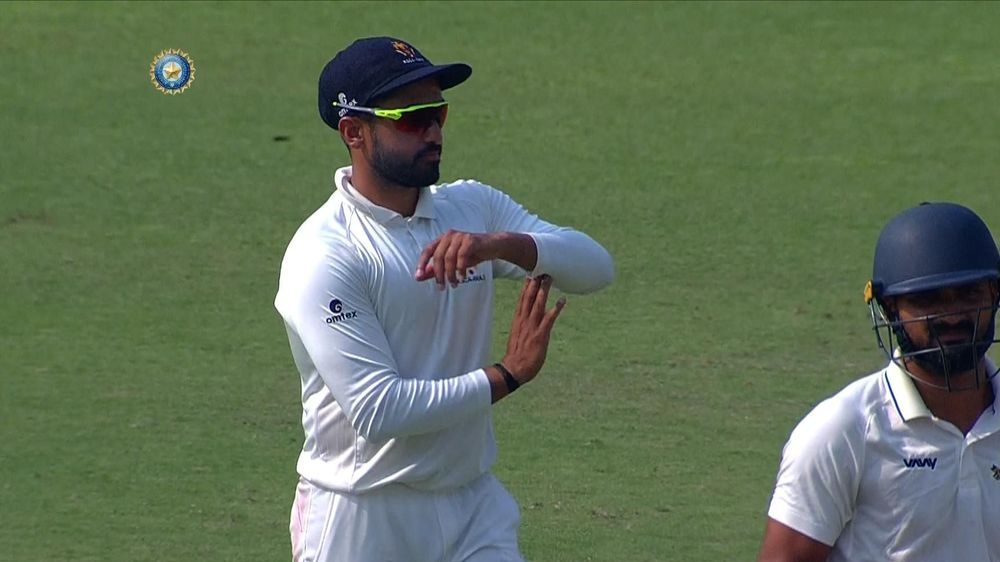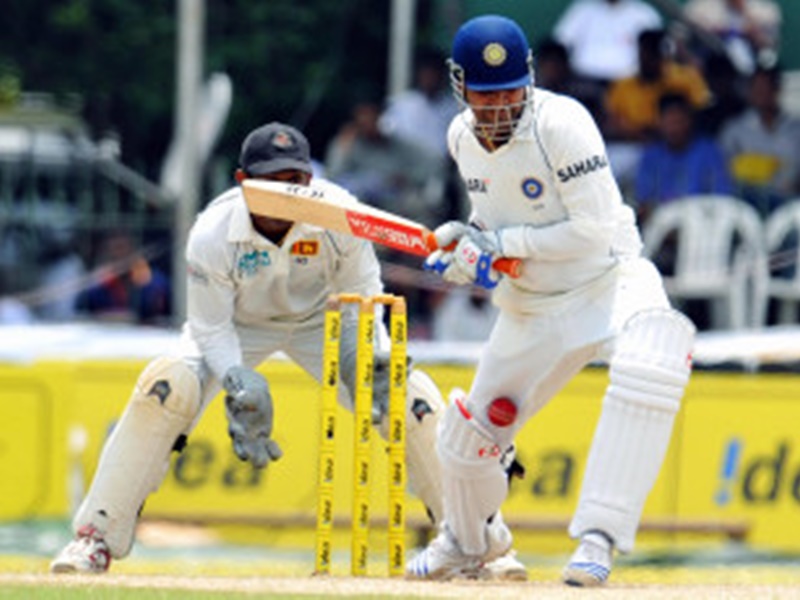Decision Review System (DRS) – A detailed explanation

Umpiring has always been a tricky part of any sport since decades. An umpiring blunder has often decided the outcome of a vital encounter, resulting in fans questioning the fairness of the game. Cricket, in particular, has witnessed umpires being bashed brutally for even committing a minor mistake on the field. And it is why the DRS plays such an important role in modern-day cricket.
Who can forget Steve Bucknor and his two most famous decisions in international cricket where he wrongly adjudged Sachin Tendulkar out. Bucknor’s errors were a major reason behind his decline as one of the top umpires in international cricket. The veteran later admitted making mistakes on the field and said he deeply regretted it.
The need

In a move to minimize the inaccuracy, the Decision Review System (DRS) was introduced in India’s Test series in Sri Lanka in 2008. India batsman Virender Sehwag’s LBW became the first decision to be overturned under the DRS. However, the system was for the testing process in that series. The DRS was officially introduced to the sport in the Test match between New Zealand and Pakistan. The system marked its first appearance in the ODIs during England’s tour of Australia in 2011.
What is DRS?
So what exactly is DRS and what are the processes involved in it? Similar to football and tennis, DRS in cricket also involves the use of a video referee, known as the Third Umpire. He makes the final decision after watching several video replays of the ball.
India was initially sceptical about incorporating DRS into the game. However, later all other international sides voted in favour of the DRS. The system is currently used in all international matches. In Test matches, there are two reviews per team in the whole innings, while there’s only one review each in ODIs and T20Is.
A player feels secured in the presence of DRS as he has the power to challenge the umpire’s decision. If a review is available and a player takes it, the umpire’s decision would be reversed if it’s incorrect. However, if the decision isn’t faulty, the teams lose their review.
The ambiguity around ‘Umpire’s call’
There’s a special case with LBW decisions. If either the impact or the zone where the ball pitched or the projected ball path towards the stumps is an umpire’s call, the on-field umpire’s decision will stay. However, the teams won’t lose out on their review if the umpire’s call gets associated with the DRS decision.
The decision whether to opt or not opt for DRS comes under player review instead of an umpire review. So what’s the on-field procedure involved during the DRS?
After a team opts for DRS, the on-field umpire at the bowler’s end signals a square, indicating the Third Umpire to review and make a decision. The Third Umpire first checks the legality of the delivery and then resorts to Ultra-Edge or Hotspot to check for contact between the bat/pad and the ball.
In case of an LBW, the Third Umpire ensures that there isn’t any nick before proceeding to ball tracking. If the on-field umpire had ruled the batsman out, he signals ‘out’ after the Third Umpire also adjudges it a wicket. However, if the Third Umpire tells the on-field umpire to overturn his decision, the latter cancels his initial decision by touching each shoulder with the opposite hand.
